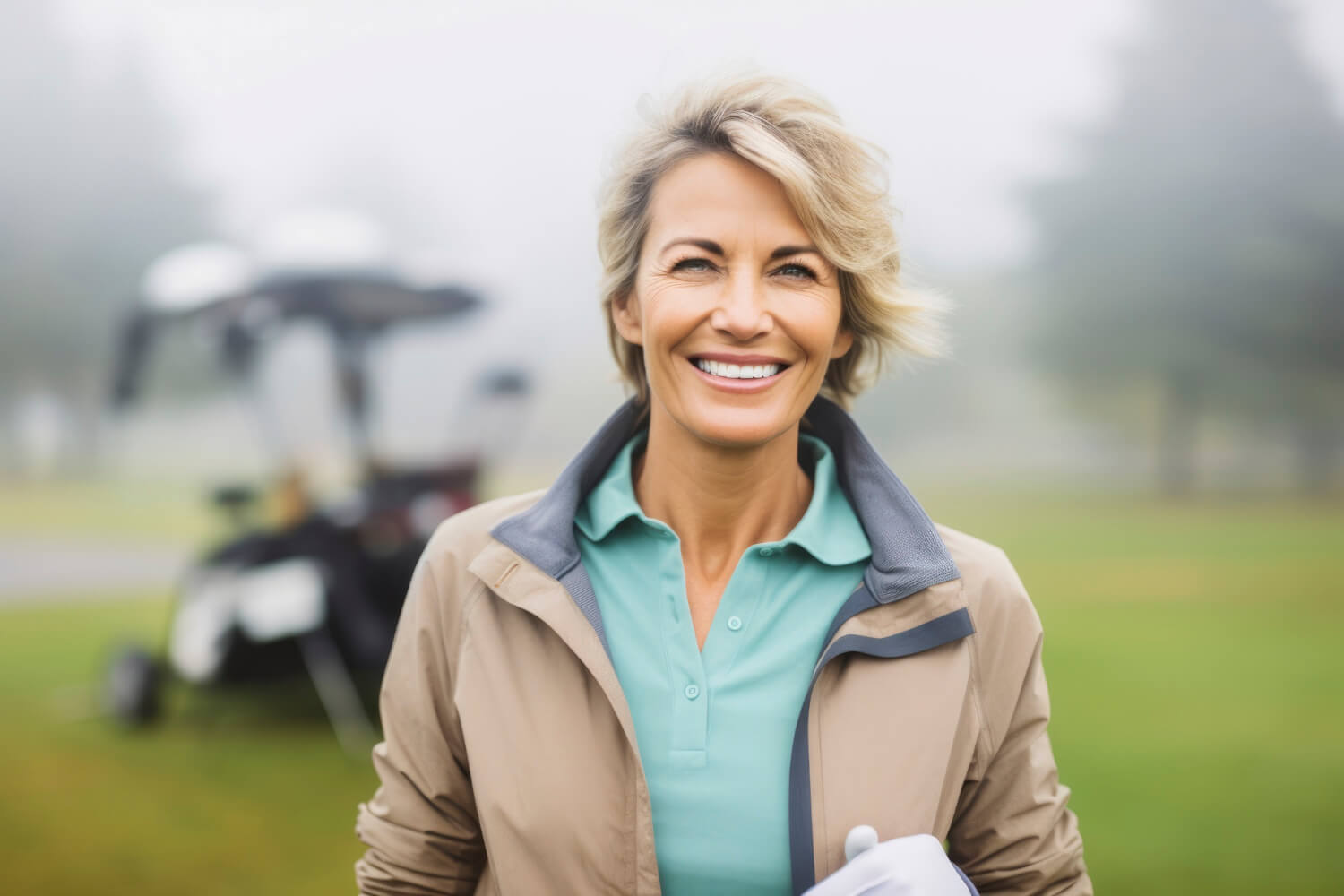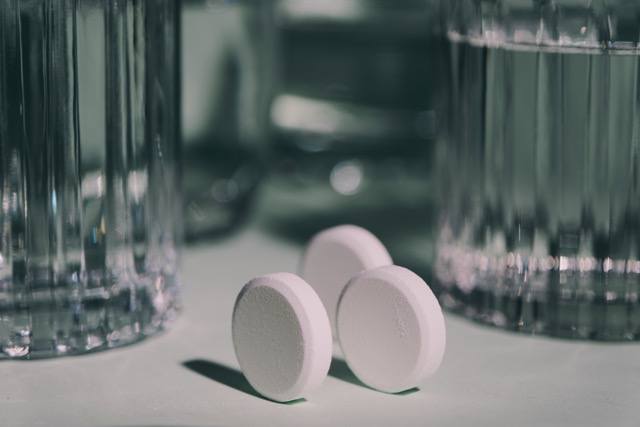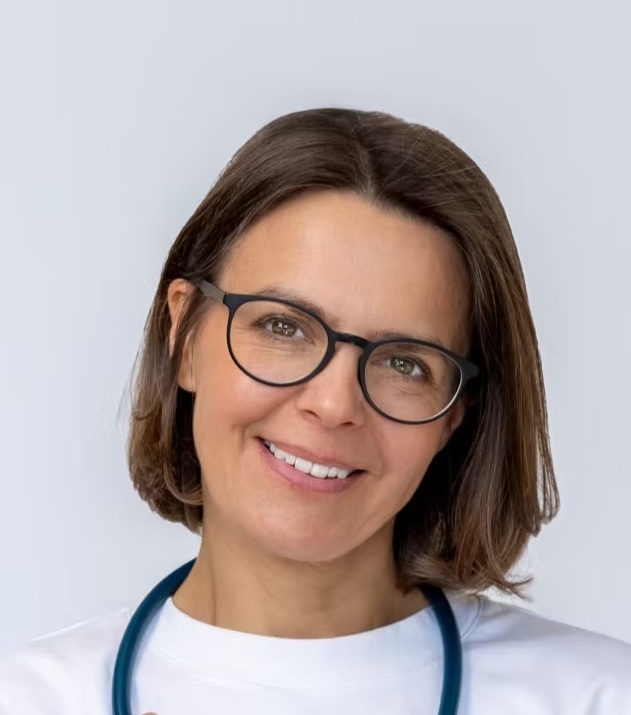How and why do we age?
There are many factors involved in the aging process that start much earlier than we think — long before we are old.

Chris Lawton
The key to controlling aging is to better understand how and why we age the way we do. Only then can we take action to slow down or even reverse this process. In recent years in particular, we have gained an enormous amount of new information about how our bodies age. These findings have already led to dramatic progress in effective anti-aging therapies and it is expected that more will follow in the near future.
Ageing is not just a question of mechanical wear, cellular exhaustion, environmental toxins, or genetic programming. It is not only due to hormones and is also not caused exclusively by damage caused by free radicals, pathogens or structural changes. And yet all of these things matter.
Cellular “programming”
To some extent, the decline in function and well-being that we experience as we age is programmed by nature. The cells in our bodies are constantly multiplying and replacing old and damaged cells with new ones. But every cell, even the newly formed one, has an internal clock that remembers how old we are. This clock determines how the cell behaves, how quickly it reacts to messages from other cells, and what amounts of hormones, enzymes, and other cellular chemicals are produced.
Biochemistry
Because cell behavior changes with age, the resulting changes in biochemistry and hormone profiles have a kind of domino effect throughout the body. Metabolism slows down and more fat is stored under the skin and around the organs. The body breaks down muscle and connective tissue more quickly, while its rebuilding capacity decreases. The digestive system is less efficient at absorbing nutrients from food. The detoxification function of cells and organs decreases. The nerve cells in the brain shrink and stiffen. The immune system becomes less alert to invading microbes or mutated cells.
Environmental influences
The effects of altered biochemistry on organs and tissues are reinforced by factors from the external environment. Every day, our bodies are bombarded with ultraviolet radiation, attacked by free radicals, and exposed to a wide variety of bacteria and germs as well as natural and artificial toxins. All of these factors influence our genetic “program” and accelerate the aging process.
Inheritance
In addition to the changes programmed as we get older, each of us has a unique set of inherited genetic influences that can predispose us to specific diseases or conditions and that affect how quickly or slowly we age.
Lifestyle factors
Our daily habits, such as how much sleep we get, how much stress we have and what we eat or don't eat, also play a major role in how our body deals with the internal and external factors that drive the aging process.
This brief overview shows that aging is a very complex process involving many factors. The figure below shows how these various factors interact with each other and flow through multiple, overlapping levels. The typical symptoms and diseases of aging, which can be seen at the bottom of the diagram, are in fact the culmination of a very long process that starts much earlier, long before we reach old age or even just the middle years of life.

The aging that you can see in the mirror
Here is a specific example of the aging process that we can observe in the mirror. As we age, the smooth, firm, and wrinkle-free skin of our youth gradually becomes saggy and increasingly wrinkled.
Like any aging process, skin aging is the result of a combination of genetic and environmental factors. With increasing age, changes in cell behavior lead to changes in hormone levels, which make the skin thinner. The skin's barrier function, which attracts and keeps moisture in the skin, also decreases so that the skin also becomes drier.
Under the skin, there is a flexible support structure that consists of collagen fibers. But aging skin cells produce more collagenase, an enzyme that breaks down collagen. At the same time, cells are responding less and less to signals that tell them to increase the production of fresh collagen. Because the skin breaks down collagen faster than it replaces it, the collagen layer under the skin starts to shrink and collapse, creating lines and wrinkles.
All of this is part of the genetic program of aging. The speed and timing of the individual aging program are determined in part by inheritance. But environmental factors significantly reinforce these genetically determined changes in skin function. Ultraviolet radiation from the sun also stimulates the production of collagenase, the collagen-degrading enzyme. In addition, an enormous number of free radicals are formed in the skin as a result. This is where lifestyle (nutrition) issues come into play. When the body has sufficient reserves of antioxidants, excessive free radicals are largely neutralized. However, if the diet is poor and the antioxidant content is low, the free radicals can damage the skin's cell membranes and cause pigmentation changes, which show up as age spots or dark areas of skin on hands and face.
Of course, aging has an effect not only on the cosmetic appearance of the skin. It also affects their health and function. Many people spend a lot of time in the sun during their youth, for example. And yet skin cancer is relatively rare in younger people, but is becoming more common as we get older. Why
At any age, ultraviolet rays and free radicals can damage the DNA in skin cells, causing them to mutate and begin abnormal replication. This is the first step towards the development of skin cancer. However, in a youthful, healthy body, these mutant cells are destroyed by the immune system before they can cause a problem. With increasing age, however, the immune system becomes less alert due to hormonal and cellular changes. As a result, mutant and malignant cells are more likely to survive and continue to divide and eventually form canker sores.
Genetic, biochemical, environmental, and lifestyle factors work together to cause the changes in structure and function that we can see in aging skin. These same factors affect every system, organ, and tissue in our bodies. Together, they produce the effect we know as aging.
References
Publiziert
1.5.2025
Kategorie
Longevity

Experte
The key to controlling aging is to better understand how and why we age the way we do. Only then can we take action to slow down or even reverse this process. In recent years in particular, we have gained an enormous amount of new information about how our bodies age. These findings have already led to dramatic progress in effective anti-aging therapies and it is expected that more will follow in the near future.
Ageing is not just a question of mechanical wear, cellular exhaustion, environmental toxins, or genetic programming. It is not only due to hormones and is also not caused exclusively by damage caused by free radicals, pathogens or structural changes. And yet all of these things matter.
Cellular “programming”
To some extent, the decline in function and well-being that we experience as we age is programmed by nature. The cells in our bodies are constantly multiplying and replacing old and damaged cells with new ones. But every cell, even the newly formed one, has an internal clock that remembers how old we are. This clock determines how the cell behaves, how quickly it reacts to messages from other cells, and what amounts of hormones, enzymes, and other cellular chemicals are produced.
Biochemistry
Because cell behavior changes with age, the resulting changes in biochemistry and hormone profiles have a kind of domino effect throughout the body. Metabolism slows down and more fat is stored under the skin and around the organs. The body breaks down muscle and connective tissue more quickly, while its rebuilding capacity decreases. The digestive system is less efficient at absorbing nutrients from food. The detoxification function of cells and organs decreases. The nerve cells in the brain shrink and stiffen. The immune system becomes less alert to invading microbes or mutated cells.
Environmental influences
The effects of altered biochemistry on organs and tissues are reinforced by factors from the external environment. Every day, our bodies are bombarded with ultraviolet radiation, attacked by free radicals, and exposed to a wide variety of bacteria and germs as well as natural and artificial toxins. All of these factors influence our genetic “program” and accelerate the aging process.
Inheritance
In addition to the changes programmed as we get older, each of us has a unique set of inherited genetic influences that can predispose us to specific diseases or conditions and that affect how quickly or slowly we age.
Lifestyle factors
Our daily habits, such as how much sleep we get, how much stress we have and what we eat or don't eat, also play a major role in how our body deals with the internal and external factors that drive the aging process.
This brief overview shows that aging is a very complex process involving many factors. The figure below shows how these various factors interact with each other and flow through multiple, overlapping levels. The typical symptoms and diseases of aging, which can be seen at the bottom of the diagram, are in fact the culmination of a very long process that starts much earlier, long before we reach old age or even just the middle years of life.

The aging that you can see in the mirror
Here is a specific example of the aging process that we can observe in the mirror. As we age, the smooth, firm, and wrinkle-free skin of our youth gradually becomes saggy and increasingly wrinkled.
Like any aging process, skin aging is the result of a combination of genetic and environmental factors. With increasing age, changes in cell behavior lead to changes in hormone levels, which make the skin thinner. The skin's barrier function, which attracts and keeps moisture in the skin, also decreases so that the skin also becomes drier.
Under the skin, there is a flexible support structure that consists of collagen fibers. But aging skin cells produce more collagenase, an enzyme that breaks down collagen. At the same time, cells are responding less and less to signals that tell them to increase the production of fresh collagen. Because the skin breaks down collagen faster than it replaces it, the collagen layer under the skin starts to shrink and collapse, creating lines and wrinkles.
All of this is part of the genetic program of aging. The speed and timing of the individual aging program are determined in part by inheritance. But environmental factors significantly reinforce these genetically determined changes in skin function. Ultraviolet radiation from the sun also stimulates the production of collagenase, the collagen-degrading enzyme. In addition, an enormous number of free radicals are formed in the skin as a result. This is where lifestyle (nutrition) issues come into play. When the body has sufficient reserves of antioxidants, excessive free radicals are largely neutralized. However, if the diet is poor and the antioxidant content is low, the free radicals can damage the skin's cell membranes and cause pigmentation changes, which show up as age spots or dark areas of skin on hands and face.
Of course, aging has an effect not only on the cosmetic appearance of the skin. It also affects their health and function. Many people spend a lot of time in the sun during their youth, for example. And yet skin cancer is relatively rare in younger people, but is becoming more common as we get older. Why
At any age, ultraviolet rays and free radicals can damage the DNA in skin cells, causing them to mutate and begin abnormal replication. This is the first step towards the development of skin cancer. However, in a youthful, healthy body, these mutant cells are destroyed by the immune system before they can cause a problem. With increasing age, however, the immune system becomes less alert due to hormonal and cellular changes. As a result, mutant and malignant cells are more likely to survive and continue to divide and eventually form canker sores.
Genetic, biochemical, environmental, and lifestyle factors work together to cause the changes in structure and function that we can see in aging skin. These same factors affect every system, organ, and tissue in our bodies. Together, they produce the effect we know as aging.
Referenzen
Publiziert
1.5.2025
Kategorie
Longevity

.svg)














